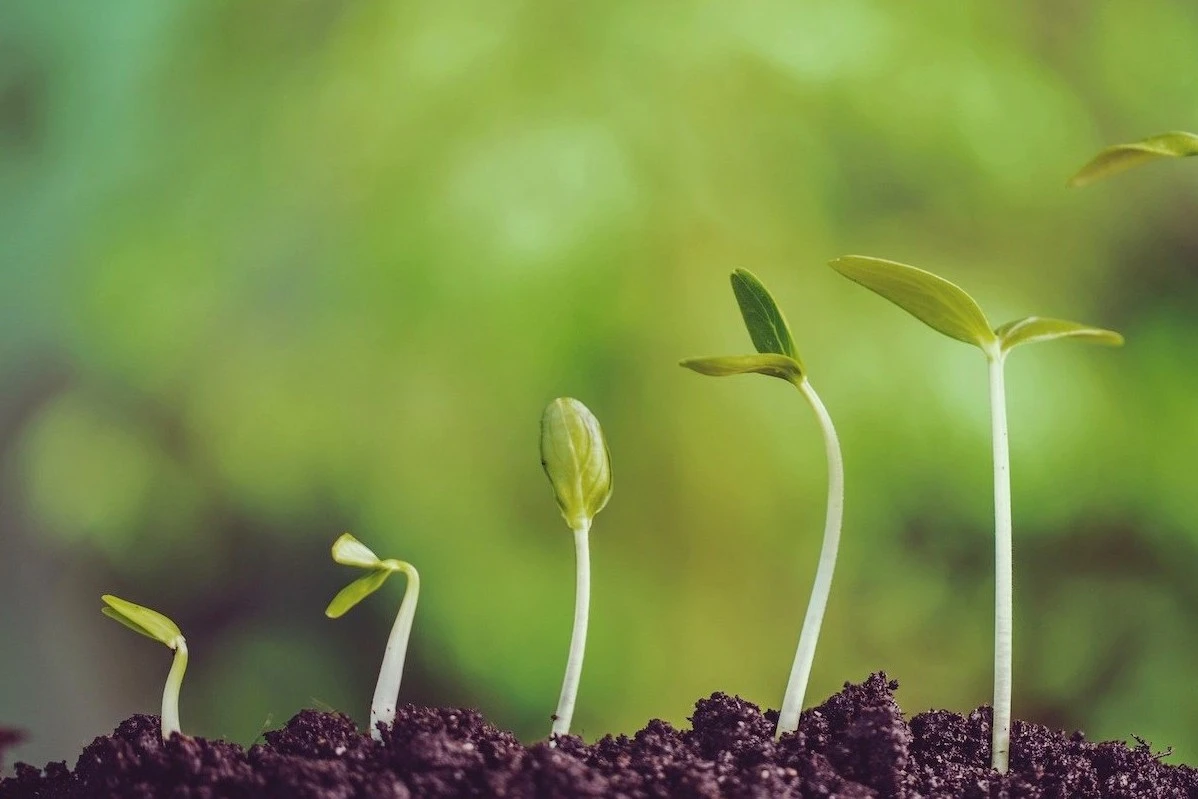The spread of nanoparticles (NPs) in the environment, derived from human activities, is increasing globally and is becoming a significant source of pollution.
Among them, copper oxide nanoparticles (CuO-NPs) are of particular concern due to their high toxicity compared to other metal oxides.
While many studies have examined the impact of nanoparticles on agricultural crops, research on forest ecosystems and, in particular, on tree species remains limited.
Impact on Prunus avium
A recent study conducted in Turkey systematically analyzed the influence of CuO-NPs on seeds and seedlings of sweet cherry (Prunus avium), a species important for reforestation, production, and biodiversity.
The researchers evaluated germination and growth parameters across populations originating from 15 geographically distinct areas.
The seeds were treated with five concentrations of CuO-NPs: 200, 400, 600, 800, and 1,000 mg/L, and compared with a control group.
The parameters observed included germination rate and percentage, radicle length and thickness, and plumule elongation.

Dose-dependent effects
Results revealed a clear dose-dependent pattern: in some cases, low concentrations had a stimulatory effect, whereas higher doses led to a progressive and significant reduction in performance, with declines exceeding 25% compared to the control at 800–1,000 mg/L (800–1,000 milligrammi per litro).
Moreover, it was found that beyond the 400–600 mg/L (400–600 milligrammi per litro) threshold, the effects became markedly inhibitory, impairing both germination and seedling development.
The responses among the analyzed populations were variable.
Some, such as those from Tekirdağ/Şarköy, Çanakkale/Lapseki, and Kocaeli/Kefken, showed relatively higher germination and growth values even under nanoparticle exposure, while others, such as Karabük/Yenice and Bolu/Mudurnu, proved particularly sensitive.
Genetic influence and implications
These differences cannot be attributed to environmental growing conditions, but rather to genetic and metabolic factors, indicating that seed provenance can significantly influence tolerance to pollutant stress.
The findings show that the early developmental stages of plants are particularly vulnerable to CuO-NP toxicity, and that natural or artificial regeneration in contaminated areas can be severely compromised.
Furthermore, variability among populations suggests that the choice of propagation material plays an important role, and therefore tolerance to nanoparticle stress should be assessed.
Some provenances may indeed prove more suitable for reforestation programs or nurseries located in areas at risk of contamination.
Future research and monitoring
The study highlights the need to define species-specific toxicological thresholds.
In particular, it would be essential to deepen the understanding of the long-term effects of nanoparticles on growth, physiology, and genetic adaptation, as current evidence is mostly focused on early stages.
Another critical point concerns the synergy with other environmental stressors, such as drought and climate change, which could amplify the impacts of nanoparticles on forest ecosystems.
In conclusion, the presence of copper oxide nanoparticles above certain thresholds (400–600 mg/L) results in a clear degree of phytotoxicity.
The results underscore the urgency of implementing contamination monitoring programs in areas closest to emission sources and therefore at greater risk.
In addition, further studies should investigate the environmental impacts (on biodiversity, soil, etc.) and the accumulation patterns of these nanoparticles, in order to develop protection strategies for vulnerable forest ecosystems and production systems.
Source: Özel, H. B., Koç, İ., Yildiz, Y., & Şevik, H. (2025). Dose-dependent e&ects of CuO nanoparticles on germination and early seedling growth in Prunus avium. Baltic Forestry, 31(1), id767. https://doi.org/10.46490/BF767
Image source: Cristiana Casse
Andrea Giovannini
University of Bologna (IT)
Cherry Times - All rights reserved













